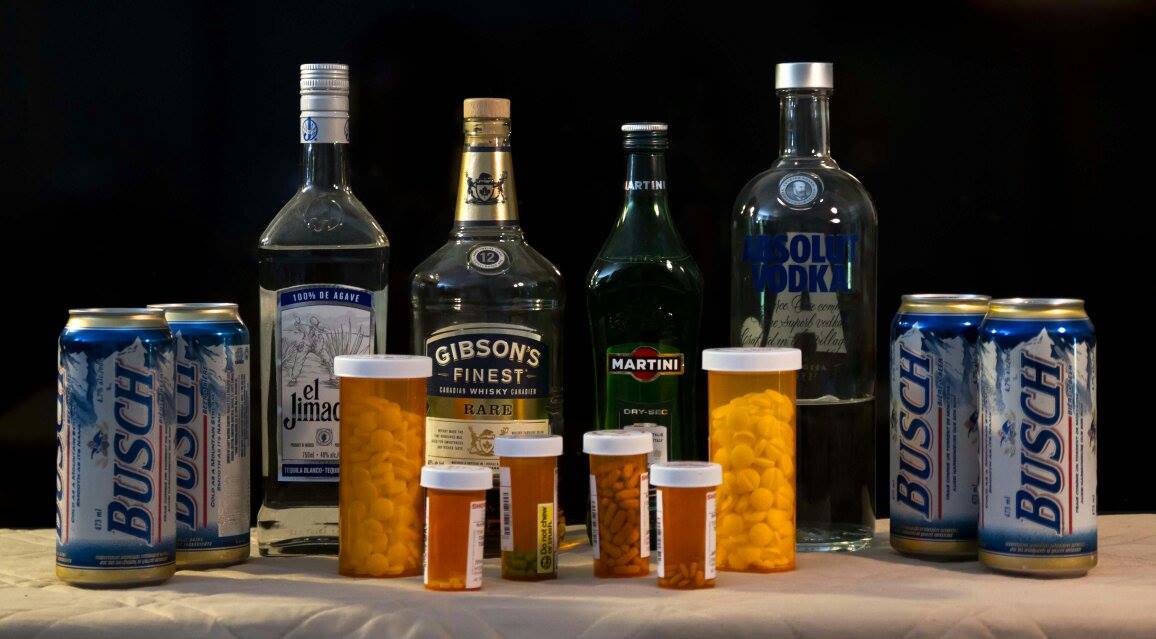Tequila, What is Tequila, Types of Tequila, Tequila production

Tequila speaks to, what is Tequila, types of Tequila and Tequila production.
How is it made is often asked. Tequila is a Mexican liquor made from a spirit obtained from the Blue Agave plant which is found around the area surrounding the city of Tequila which is northwest of Guadalajara in the highlands of the western Mexican state of Jalisco.
The red volcanic soil in the region surrounding Tequila is particularly well suited to the growing of the blue agave, and more than 300 million of the plants are harvested there each year.
Mexican laws state that tequila can be produced only in the state of Jalisco and limited regions in the states of Guanajuato, Michoacán, Nayarit, and Tamaulipas.
How is tequila made states that Tequila was first produced in the 16th century near the location of the city of Tequila, which was not officially established until 1656
Tequila is most often made at a 38–40% alcohol content (76–80 proof), but can be produced between 35–55% alcohol content (70–110 proof).[3] Though most tequilas are 80 proof, many distillers will distill to 100 proof and then cut it down with water to reduce its harshness. Some of the more well respected brands distill the alcohol to 80 proof without using additional water as a diluter.
Since the beginning of the 21st century, the sale of higher priced tequilas called ultra and super premium have greatly increased in the North Ameriac and European markets. Up to 2007 it is reported that over 10 million cases have been sold.
Some tequilas have remained as family owned brands but most well-known tequila brands are owned by large multinational corporations. There are over 100 distilleries making over nine hundred brands of tequila in Mexico and over 2,000 brand names have been registered.
How is tequila made states The Tequila Regulatory Council of Mexico originally did not permit flavored tequila to carry the tequila name. In 2004, the Council decided to allow flavored tequila to be called tequila, with the exception of pure agave tequila, which still could not be flavored.
Since the year 2000 an agave plant disease or blight known as TMA has greatly reduced the harvest of agave which has resulted in lower tequila production and higher prices. The plant has a long maturation and it is thought that prices will be affected for years to come.
Types of Tequila
Blanco ("white") or plata ("silver") – white spirit, un-aged and bottled or stored immediately after distillation, or aged less than two months in stainless steel or neutral oak barrels;
Joven ("young") or oro ("gold") – is the result of blending Silver Tequila with Reposado and/or Añejo and/or extra Añejo Tequila;
Reposado ("rested") – aged a minimum of two months, but less than a year in oak barrels;
Añejo ("aged" or "vintage") – aged a minimum of one year, but less than 3 years in oak barrels;
Extra Añejo ("extra aged" or "ultra aged") – aged a minimum of three years in oak barrels. This category was established in March 2006.
The worm
It is a common misconception that some tequilas contain a 'worm' in the bottle. Only certain mezcals, usually from the state of Oaxaca, are ever sold con gusano, and that only began as a marketing gimmick in the 1940s.
The worm is actually the larval form of the moth Hypopta agavis that lives on the agave plant.
Finding one in the plant during processing indicates an infestation and, correspondingly, a lower quality product. However this misconception continues, and even with all the effort and marketing to represent tequila as a premium—similar to the way Cognac is viewed in relation to brandy—there are some opportunist producers for the shooters-and-fun market who blur these boundaries.
Return from how is tequila made to homepage
Hard copy and E book for sale. What's Killing You and What You Can Do About It. Click here.
Hard copy and E book for sale. Introduction to Building Mechanical Systems. Click here.